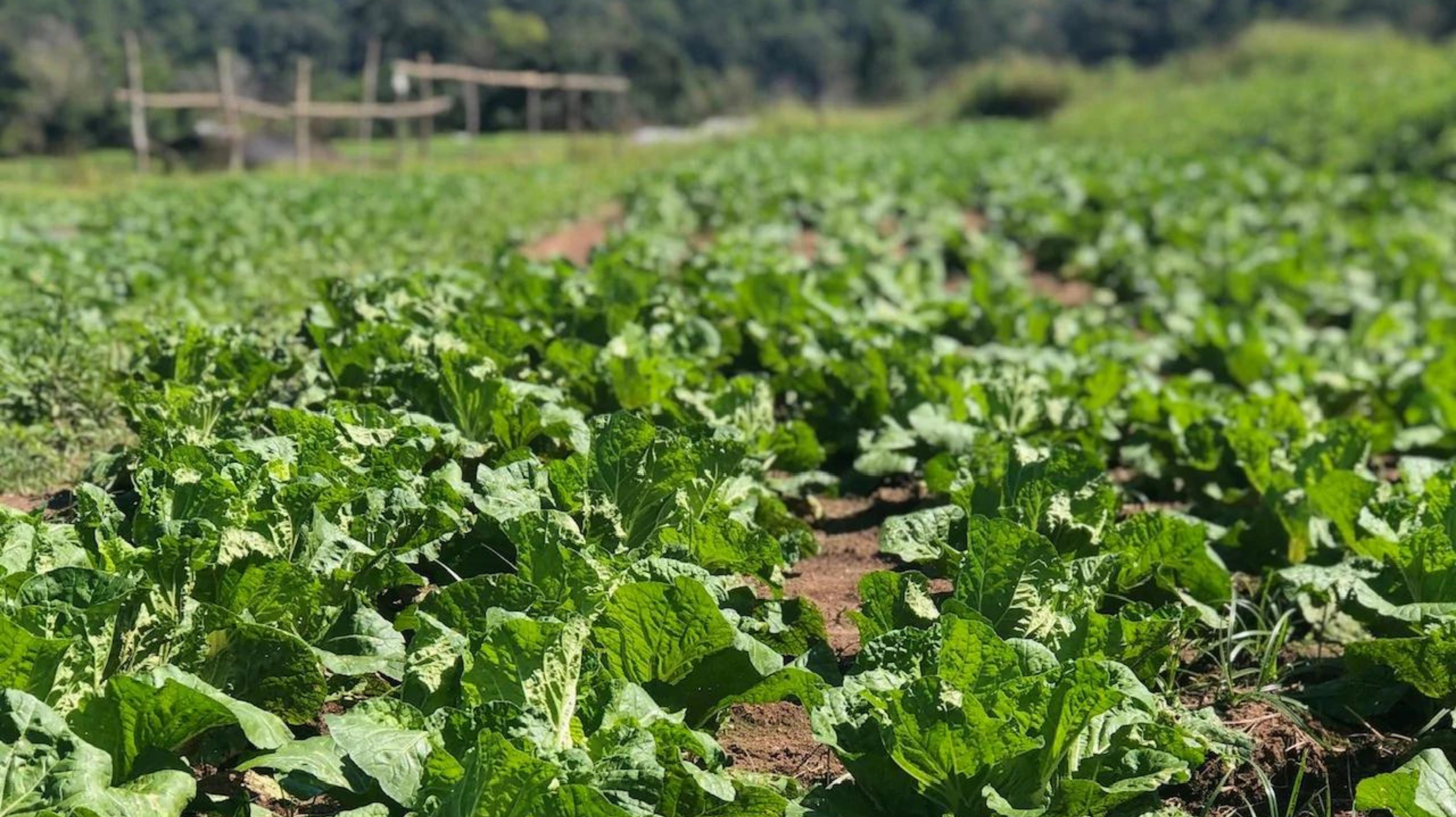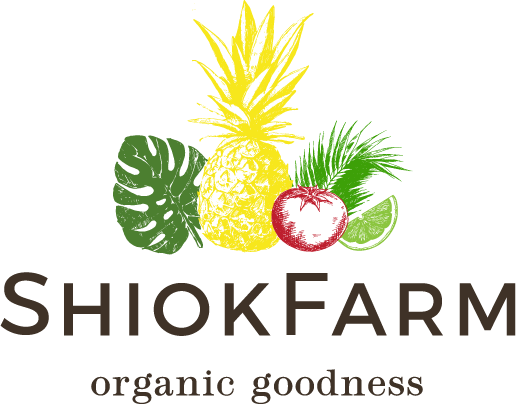
Can you get Truly Organic Fruit and Veg in Singapore?
I have been building networks of organic farms in the region for the past four years and thought I could share with you some things I have learnt about organic certifications and standards.
Certifications and Standards
There are regulations for organic food in Singapore, and all over the region. What can be confusing is that the public usually thinks that organic means “clean”. But each country has a different definition of what should be considered “clean”, aka organic. There is the European Union standard (EU), the US standard (USDA Organic) and Australia has a few different ones. Japan, Taiwan, Thailand & Malaysia also have their own. Singapore have released their own organic standard a few months ago (SS632).
The good thing with standards is that they force all the participants or contributors in one market to align, and they usually raise the bar. Indeed, it is better to have standards than zero standards. The very recent Singapore standards are not as strict as the EU one for instance, but at least, we now have a standard in Singapore. This means farmers who claim to be organic, should at least respect the Singapore standards.
Imported produce
Now, because some farms export their products, they need to meet the standards of the country to which they will export. This is how one can find EU certified farms in Thailand, or USDA certified farms in Australia. These farms are tested by third-party inspectors who check that the farmers follow the standards for which they apply, and for a defined list of crops.
The Malaysia certification, as well as the Thai certification, are not as strict as the EU one (but then, most of the certifications are not). As for the Singaporean one, it is not as strict as the EU one mainly because the environment does not allow it to, hence Singapore has added in its certification’s name that it is “urban Organic”. For example, if it follows certain conditions, a vertical farm in a warehouse can be certified organic according to Singapore standard; in the EU certification, produce has to be grown directly in the ground.
Now, the downside about standards is that a lot of farmers will take these as the minimum enforceable organic production practices, and will leave it there. They will not try to be cleaner than what is required, and not necessarily by choice. Indeed, as the demand for organic food increases, big agri-food corporations start to invest in organic products and pressure farms to produce more with less (as they did in conventional agriculture). You can read a fascinating article about this phenomenon here,
In reaction, local food movements started: this is a way to make sure one knows where what he/she eats comes from and to “restore trust” and confidence in the social and ecological integrity of his/her food. The philosophical mainstreams of organic and local foods movements are parting ways. Organic production surged ahead, but the heart and soul of organics are left behind (Ikerd, 2008). Many factors have contributed to the growing popularity of local foods. However, the modern local food movement was born out of the industrialization of organics.” (1)
How to get better standards
Back to our organic farms in South East Asia: most of the organic farms in the region are still rather small enterprises, with a direct link to the final consumers. A minority of them export and have the EU, USDA or ACO certification. If we want those farmers to stay independent and thrive for the cleanest food possible, then we have to support them. As much as thousands of CSAs support local American farmers, or AMAPs do the same with French farmers. Most countries have similar systems in place, where communities support their farmers, thus allowing them to go above the Standards.
Let me put a line about what I do in Thailand this week: ShiokFarm works with a network of handpicked partner farms in Thailand that are all certified EU organic. I spend a few days working with them, looking at their soil, discussing what will be grown next and agree on a calendar. So yes, there are standards in Asia, yes, they are respected, yes I am sure some farmers in the region do not respect them but visiting our farms often allows me to know if they are doing well.
I started ShiokFarm because I had no idea how the farmer who had grown the green beans I had bought at the supermarket was doing – beans which were grown in South Africa and flown in via Amsterdam (yes, that’s the route). There was also a cost issue: I could not afford organic pears at $6 a piece. And lastly, it bugged me to have my organic food flown from the other side of the world, polluting quite a few people along the way, to make sure my family and I could eat clean food. There are solutions, and the more local they are, the better.
Traceability and sustainability are key to the success of fresh organic food. And to our food system as a whole actually.
(1) The Economic Pamphleter: Soul of the Local Food Movement, by John Ikerd, University of Missouri, Columbia – https://www.foodsystemsjournal.org/index.php/fsj/article/view/538

Leave a Reply